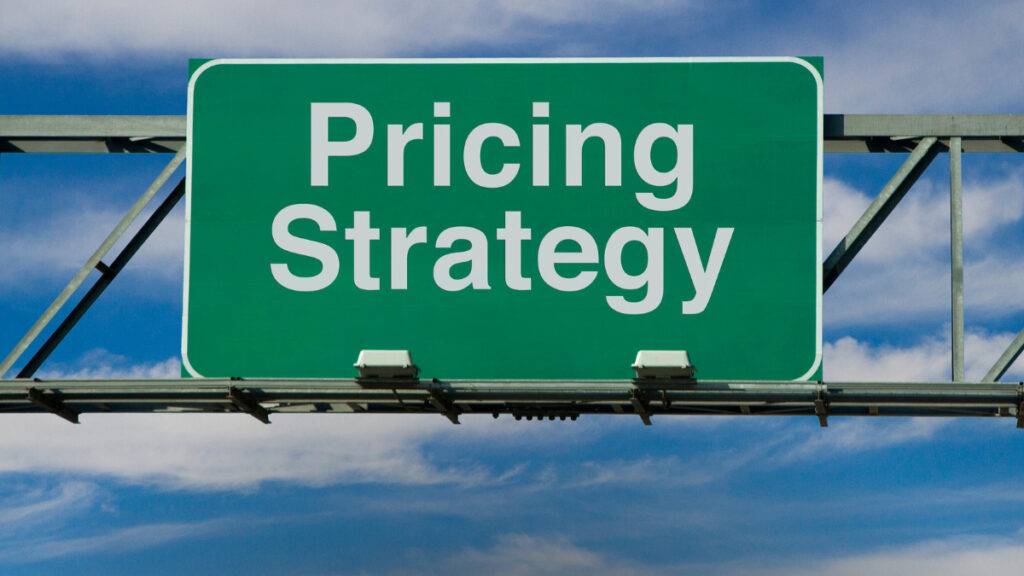After creating a sales proposal, following up is one of the most important steps. Very few sales are completed with just the initial contact.
Therefore, your follow up must be on point, particularly as it influences the ensuing process of negotiation between your company and the customer. By following up, a bond is created with the customer, which can make a difference when it comes to future transactions.
Here are some tips on how to follow up!
Know when to follow up.
Many salespeople are against calling the customer to remind them about a sales proposal. However, it’s the other way around. Most of the time, the customer needs to be reminded of the transaction, or any setbacks.
Therefore, unless the customer says otherwise, continue to contact them to finalize the sale.
Use your CRM in your favor
When your customer base grows, a CRM can become a great tool in following up with them. Effective customer relationship management will help you map out a user profile, allowing you to respond quickly and even anticipate customers’ needs.
With a CRM, it is possible to devise strategies that make life easier for customers, such as setting follow-up dates, and thus maintain a close relationship with them. In turn, this makes the chances of closing deals infinitely greater!
Be responsive
If a customer has any questions, respond within 24 hours. Wait any longer and the customer may feel neglected.
It’s very important that the customer doesn’t feel abandoned and, consequently, discouraged from closing the deal.
Show interest in the customer
By showing interest in the customer’s opinions, you’ll improve your relationship with them. After sending a proposal, send a letter telling the customer a little more about your company and how you can help them.
Remain in contact, through email or phone, to find out your customer’s concerns and inclinations during the sale.
After the sale, contact the customer to thank them, find out what the delivery was like, and discover whether they’re satisfied with the product. This type of attitude will ensure that they become a repeat customer.
Know what stage of the sale the customer is in
Don’t contact a customer without knowing what stage of the sales process they are in. Doing so reflects negatively on your company, especially since customers at different stages in the sales process must be approached differently.
For instance, a customer who has already been qualified, but hasn’t yet decided between you and your competitors, needs a follow up that demonstrates the benefits of your brand and solution. In comparison, a customer in the final stage of negotiation needs a follow-up focused on addressing any lingering doubts.
Have a plan
Having a good strategy ready for every type of sale situation is essential when it comes to success! Normally, the best time to create this strategy is during the first stages of the sales, when you’ve initially contacted the prospect.
Take the opportunity to jot down useful information that can help you keep track of the sale. Use your initial contact to also schedule the next meeting with the prospect or even determine when they will make a final buying decision.
Ask if, in 10 or 20 days, they will have an answer, or if they want to get coffee at a certain time. Create a sure-fire strategy to win over the customer, and show that you’re really interested in solving their problem.
Have a reason to contact the customer
While it’s important to keep in touch, always have a reason to communicate with your customer. This doesn’t necessarily mean that every contact with a customer has to be transactional, but it’s imperative that your communication is related to your product or service.
For customers who have already made a purchase, follow up to discover their satisfaction with the product. Even if a prospect has rejected your proposal, follow up with new offers that might be interested in.
Make technology your ally
Technological advancements has changed how salespeople sell. Use this technology to maintain a good relationship with your customers. Keep track of your customer’s data, sales history, and payments.
Doing this makes it possible to map the active customers of your company and follow up with them. Technology can also help you strengthen your relationship with customers. For instance, you can send them emails or text messages, publish customer reviews, and create custom content on how your product can help them solve their problems.
Respect the customer’s wishes
Waiting is hard. However, customers need time to accept or decline proposals. Maintaining your patience may be difficult, but know that timing is everything.
If someone rejects your initial proposal, your first instinct might be to contact them to re-submit it. However, this isn’t necessarily the best response. Unless you can create better terms for them, move on to another sale.
Following up is one of the key strategies for improving sales conversion and attracting new customers. It also ensures that old customers will do business with your company again!
Like these tips? Share this article on social media and help your friends improve their sales follow up!






